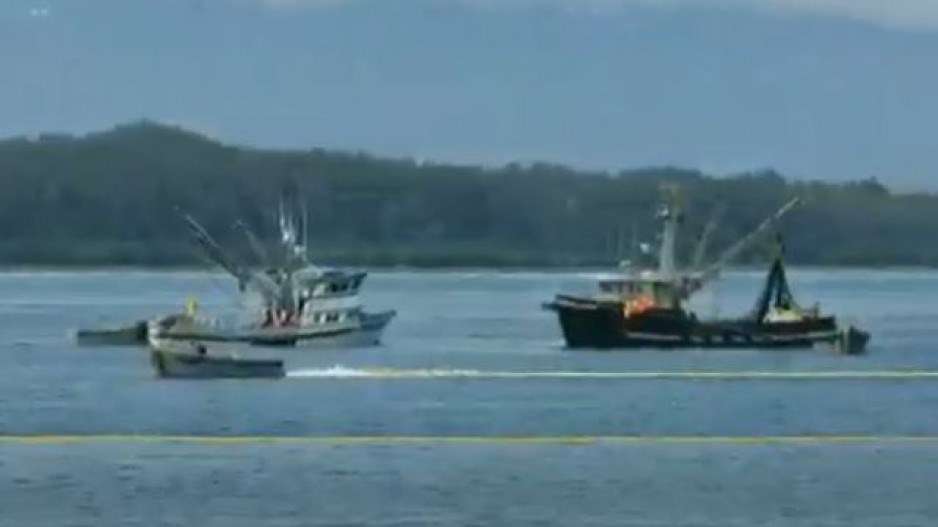When members of the Pacific Salmon Treaty meet later this week in Vancouver, they will be faced with a new report that suggests Alaskan commercial fishers caught an estimated 800,000 sockeye in 2021, most of which were B.C. origin, while the B.C. commercial sector was largely shut out of last year’s harvest.
Commissioned by Watershed Watch Salmon Society and SkeenaWild Conservation Trust, the reports’s authors analyzed data and reports from the Pacific Salmon Commission, Fisheries and Oceans Canada, Alaska Department of Fish and Game, Pacific Salmon Foundation.
Based on that data, the report estimates that Alaskan commercial fishermen on the outside of the Alaskan Panhandle caught about 800,000 sockeye, most of which would have been destined for B.C. rivers – notably the Nass, Skeena and Fraser rivers – and tens of thousands of chinook, coho, steelhead, pink and chum salmon.
The commercial harvest of salmon for B.C. commercial fishermen has dwindled almost to the vanishing point over the last decade. Last year, 60% of the B.C. commercial salmon harvest was shut down by DFO, due to low expected returns and conservation concerns.
Returns in 2021 were actually a bit higher than expected. The full returns for 2021 are not yet known, but the last in-season forecast for the Fraser River, according to the Pacific Salmon Commission, was 2.5 million sockeye and 7.8 million pink salmon.
“We estimate about 800,000 sockeye were taken in southeast Alaska, and this is a significant number considering we had extremely low returns to systems like the Fraser,” said Greg Knox of SkeenaWild Conservation Trust. “And we know tens of thousands of … B.C. chinook were caught in southeast Alaska. This number could be well over 100,000, but we won’t know until we get the information post-season.”
Tagging and genetic testing can show where salmon originate from, and there is fairly reliable data for sockeye and chinook, but less information on other species like steelhead.
“We have good information for species like sockeye and chinook, and we know…97% of the chinook caught in southeast Alaska are headed for B.C., Washington and Oregon,” said Greg Taylor, a consultant for Watershed Watch Salmon Society and SkeenaWild Conservation Trust.
“In terms of sockeye, about 70% to 80% of the sockeye salmon that are caught in those fisheries are of British Columbia origin.”
“Right now we have no idea how many of our steelhead are being caught and killed in Alaskan fisheries because they don’t provide that information,” Knox said.
Salmon from B.C. return along the outside of the Alaskan Panhandle, while salmon originating from Alaskan streams travel up the inside. A simple solution would be to simply eliminate the District 104 Alaskan commercial fishery on the outside of the panhandle and limit commercial fishing to the inside, Knox said.
That’s the sort of measure that can only be negotiated through nation-to-nation treaties like the Pacific Salmon Treaty, which is up for renewal in 2028.
Knox said the new report is being sent to the Pacific Salmon Treaty commission, Pacific Salmon Commission and DFO.




